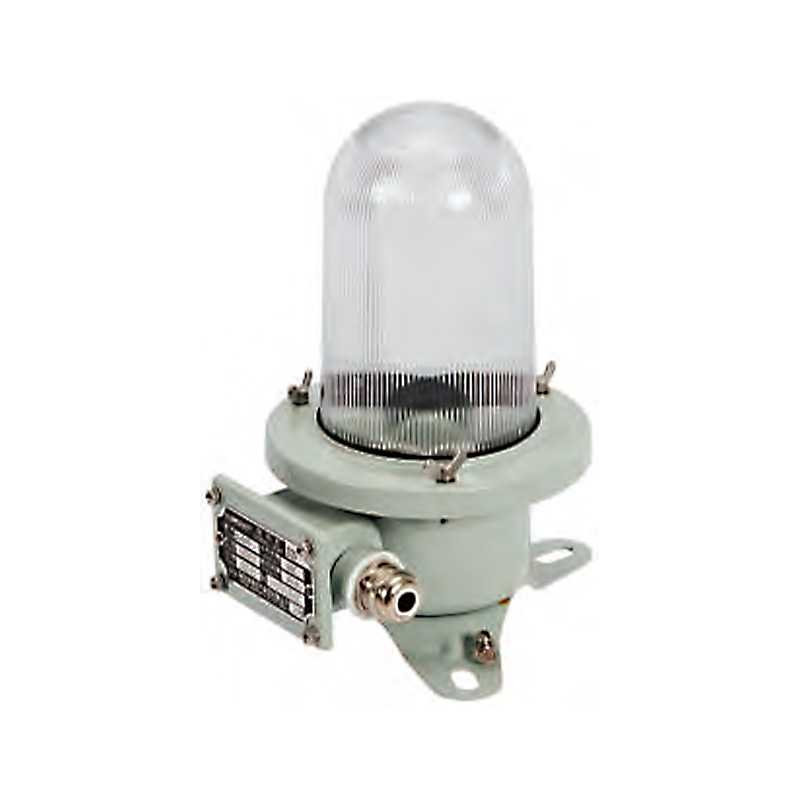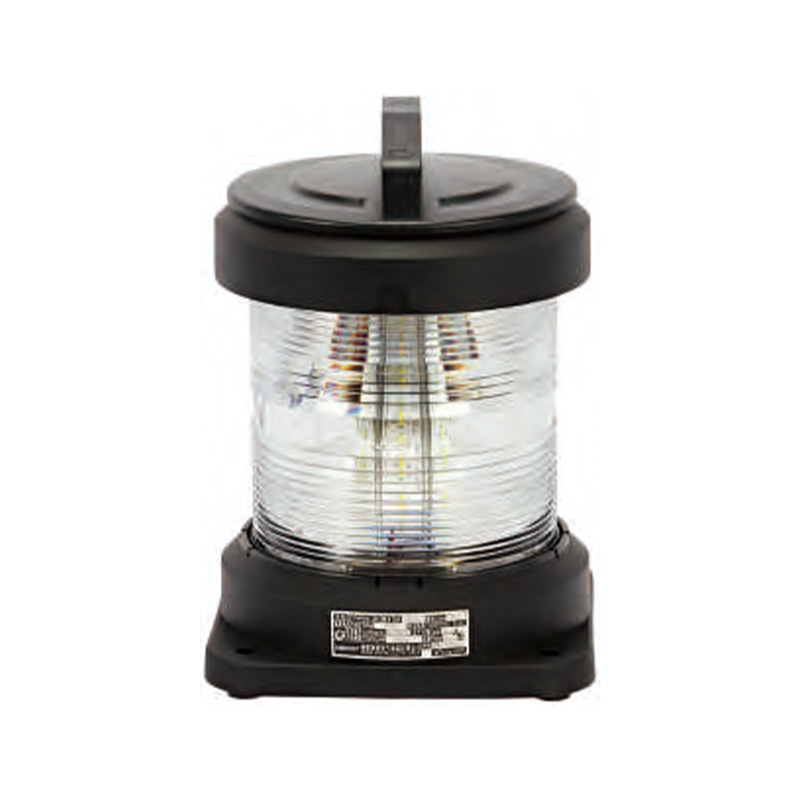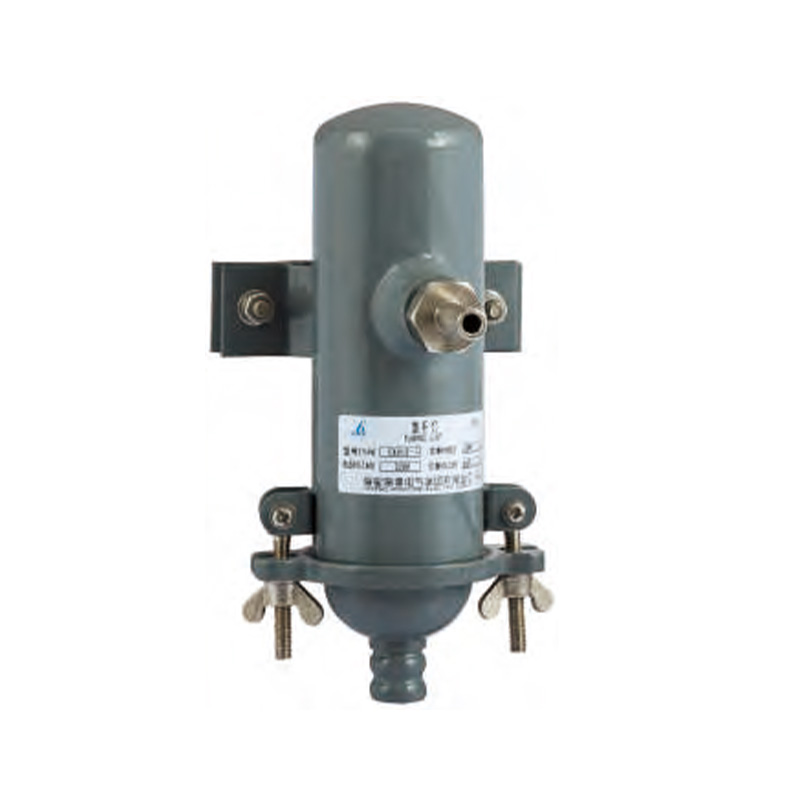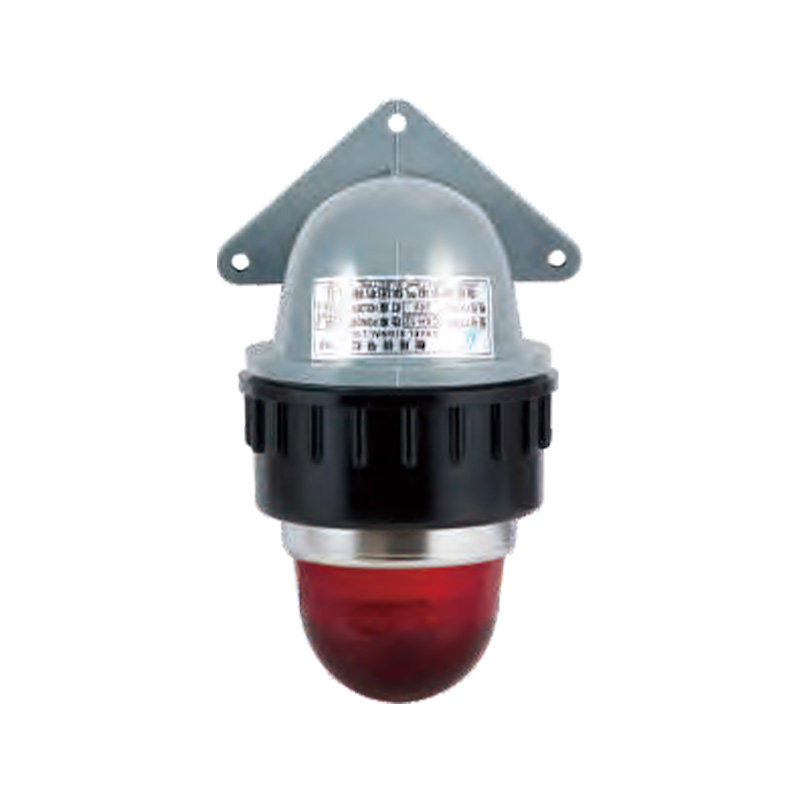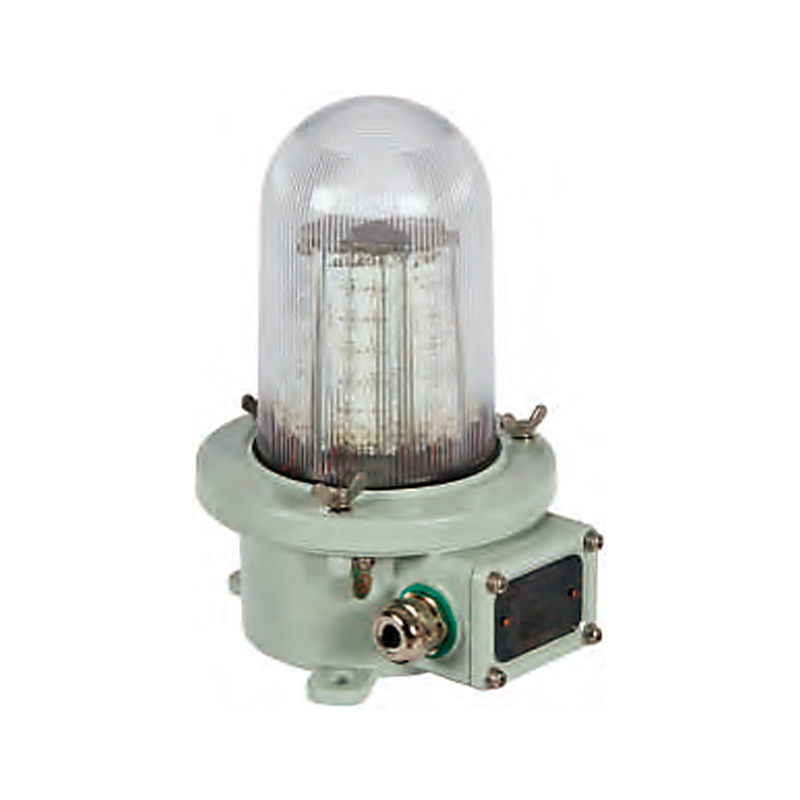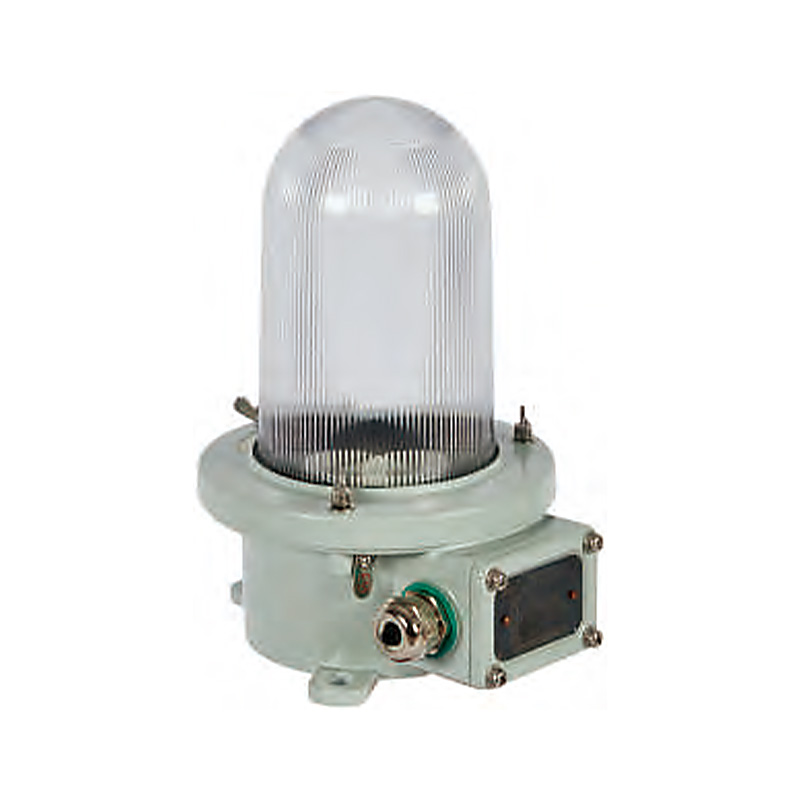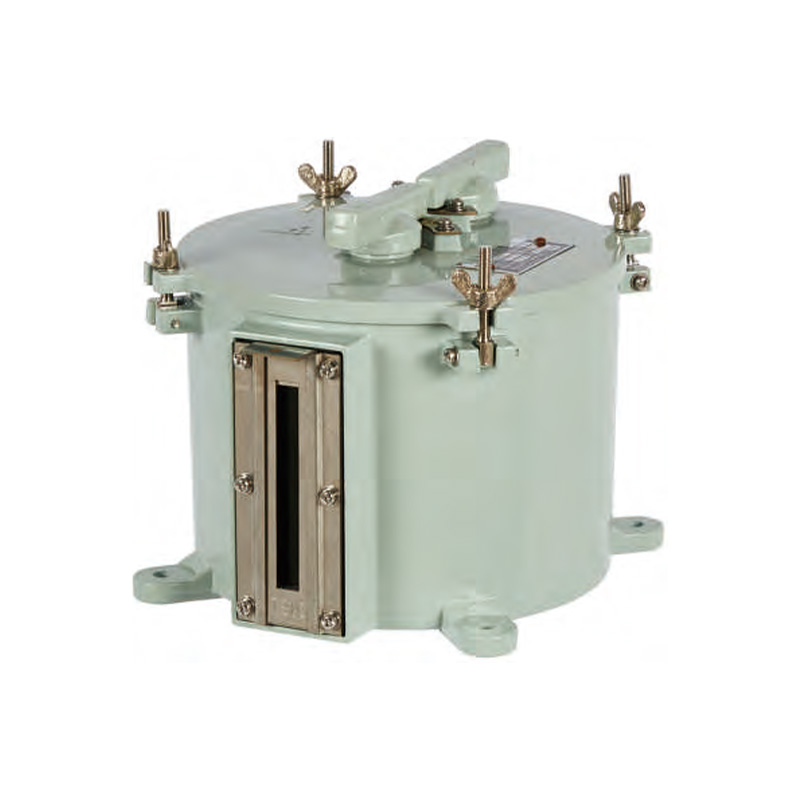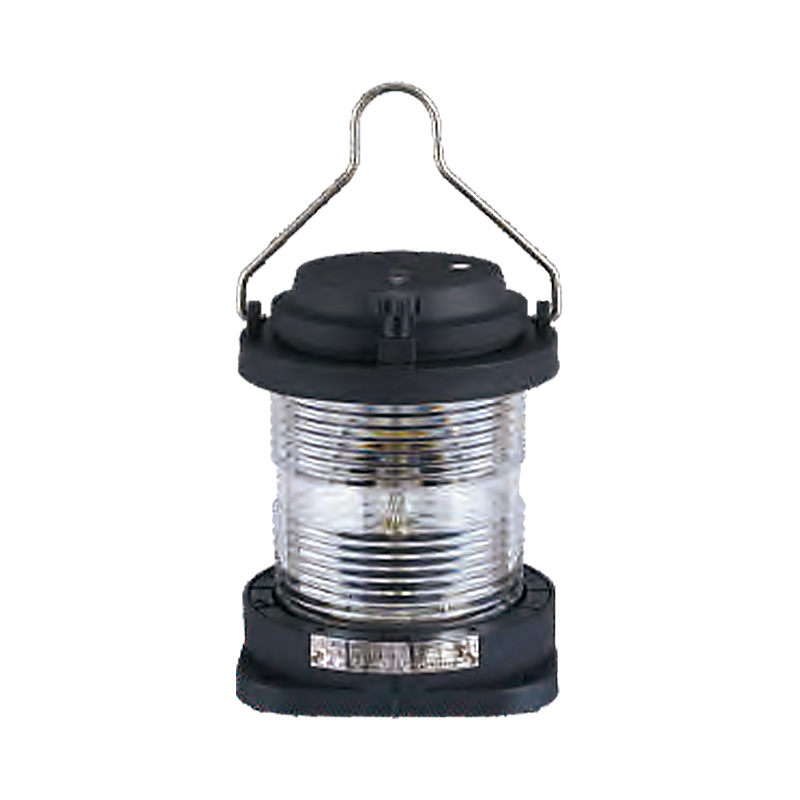Incandescent vs. LED Marine Navigation Lights: Which Type to Choose
Marine navigation lights can ensure the safety of vessels by enhancing visibility and communication at sea. Traditionally, incandescent navigation lights have been the standard choice, but with advancements in lighting technology, LED navigation lights have emerged as a more efficient alternative. Both incandescent and LED navigation lights have their pros and cons, and understanding the differences can help you make an informed choice for your vessel.
Table of Contents
What are Incandescent Marine Navigation Lights
Incandescent marine navigation lights are traditional lighting devices used on vessels to signal their position, direction, and status to other maritime traffic.
How they Work
These navigation lights operate by passing an electric current through a tungsten filament enclosed in a vacuum or gas-filled glass bulb. The filament heats up to produce visible light, ensuring that ships, boats, and other marine structures remain visible at night or in low-visibility conditions.
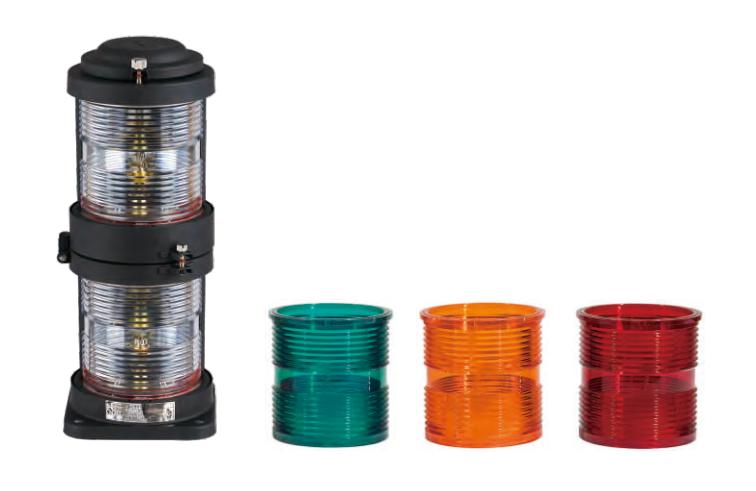
Advantages:
- Cost-Effective Initial Investment: Incandescent bulbs are generally cheaper to purchase upfront compared to LED lights.
- Warm Light Quality: The light produced by incandescent bulbs is often described as warm and natural, which can be easier on the eyes in certain conditions.
- Simplicity: Incandescent lights are straightforward to install and replace, with no need for additional components like drivers or heat sinks.
Limitations:
- Energy Inefficiency: Incandescent bulbs are highly inefficient, converting only about 10% of the energy they consume into light, with the rest lost as heat. This can be a significant drawback for boats relying on battery power.
- Short Lifespan: Incandescent bulbs typically last between 1,000 to 2,000 hours, which is considerably shorter than LED lights. This means more frequent replacements and higher long-term costs.
- Fragility: The filament in incandescent bulbs is delicate and can easily break due to vibrations or impacts, making them less durable in the harsh marine environment.
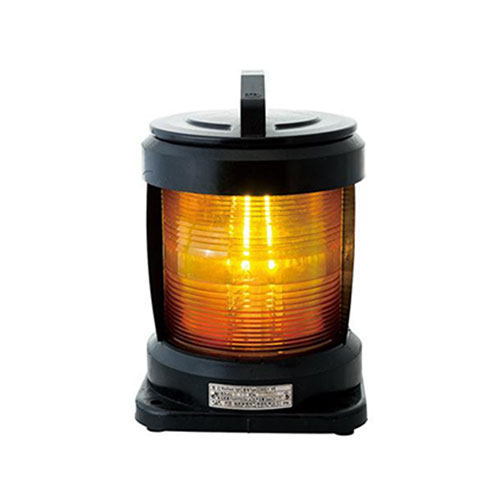
What are LED Marine Navigation Lights
LED marine navigation lights are advanced lighting solutions used on vessels to indicate their position, direction, and operational status at sea.
How they Work
These lights utilize LED technology, which converts electrical energy directly into light with minimal heat loss. LED navigation lights are becoming the preferred choice in the maritime industry due to their energy efficiency, long lifespan, and durability in harsh marine environments.
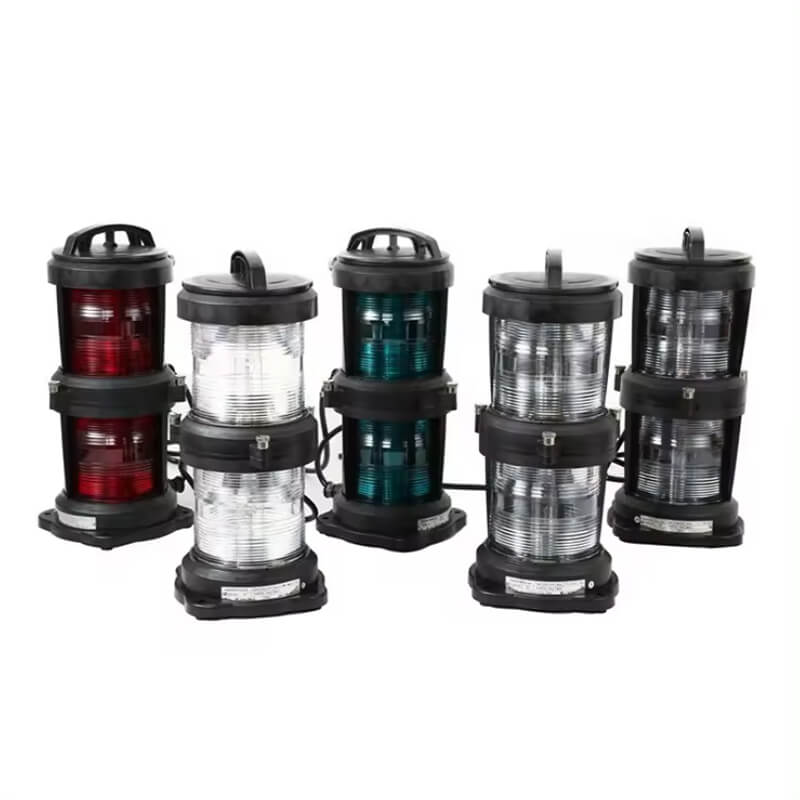
Advantages:
- Energy Efficiency: LED marine lighting is far more energy-efficient than incandescent bulbs, converting up to 80% of the energy they consume into light. This makes them ideal for boats with limited battery capacity.
- Long Lifespan: LED lights can last anywhere from 25,000 to 50,000 hours, significantly reducing the need for replacements and lowering maintenance costs.
- Durability: LEDs are solid-state devices, meaning they have no fragile filaments or glass components. They are more resistant to vibrations, shocks, and harsh weather conditions, making them well-suited for marine environments.
- Brightness and Visibility: LEDs produce a bright, focused light that is highly visible even in challenging conditions. They also come in a variety of colors, ensuring compliance with maritime regulations.
- Lower Heat Emission: Unlike incandescent bulbs, LEDs emit very little heat, reducing the risk of overheating and making them safer to handle.
Limitations:
- Higher Initial Cost: LED navigation lights are generally more expensive to purchase upfront compared to incandescent bulbs. However, this cost is often offset by their longer lifespan and energy savings.
- Complexity: Some LED lights require additional components like drivers or heat sinks, which can complicate installation. However, many modern LED marine lights are designed to be direct replacements for incandescent bulbs, simplifying the transition.
- Light Quality: While LED technology has improved significantly, some boat owners may find the light quality of LEDs to be less warm or natural compared to incandescent bulbs. However, this is largely a matter of personal preference.
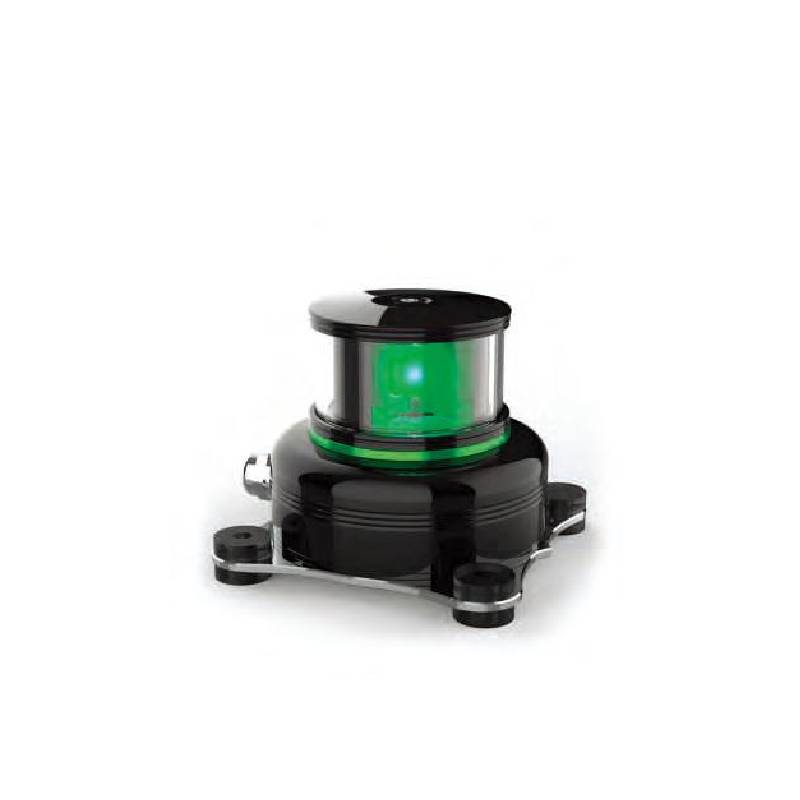
Key Differences Between Incandescent vs. LED Marine Navigation Lights
| Feature | Incandescent Navigation Lights | LED Navigation Lights |
| Technology | Uses a heated tungsten filament to produce light | Uses a semiconductor to emit light via electroluminescence |
| Energy Efficiency | High power consumption, wastes energy as heat | Up to 80% more efficient, reducing power usage |
| Brightness Consistency | Dims over time as filament degrades | Maintains consistent brightness throughout its lifespan |
| Durability | Fragile, prone to breaking due to vibrations and shock | Highly durable, resistant to shocks, vibrations, and harsh marine conditions |
| Heat Generation | Produces a lot of heat, increasing risk of overheating | Minimal heat output, safer for prolonged use |
| Maintenance Requirements | Requires frequent replacements and maintenance | Low maintenance due to long lifespan |
| Environmental Impact | Short lifespan increases waste and energy use | Eco-friendly, reduces waste and energy consumption |
| Regulatory Compliance | Meets IMO and USCG standards if properly designed | Increasingly preferred for compliance and performance |
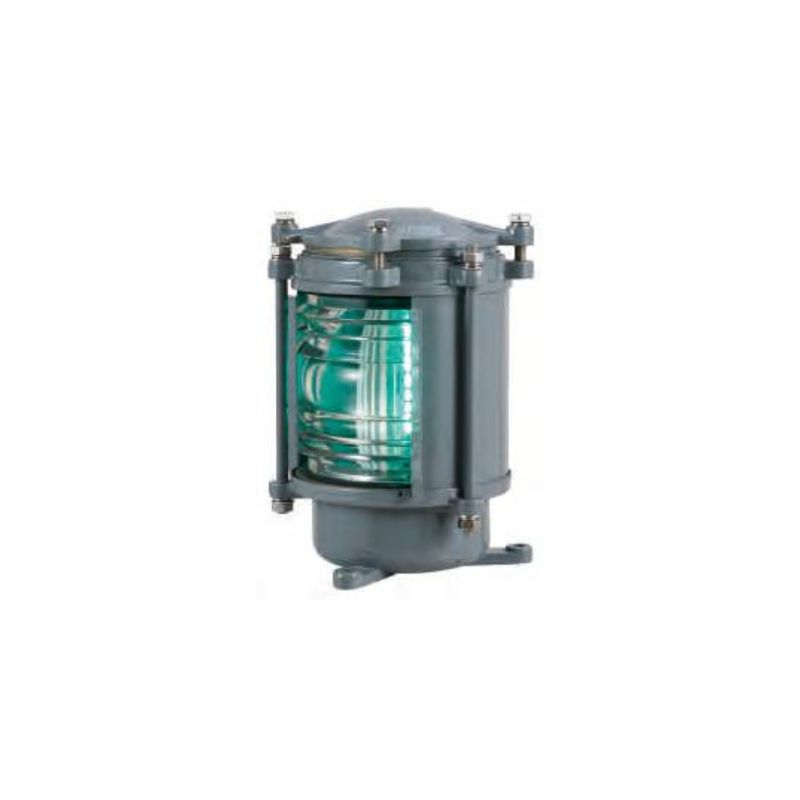
Key Considerations for Choosing Between Incandescent vs. LED Marine Navigation Lights
| Consideration | Incandescent Navigation Lights | LED Navigation Lights |
| Energy Efficiency | High power consumption, wastes energy as heat | Low power consumption |
| Lifespan | 1,000 – 2,000 hours | 30,000 – 50,000+ hours |
| Light Output | Warm, natural light but dims over time | Consistent brightness with higher luminous efficacy |
| Durability | Prone to damage from vibrations and moisture | Resistant to shocks, vibrations, and harsh marine conditions |
| Heat Generation | Produces significant heat, increasing fire risk | Minimal heat output, improving safety |
| Initial Cost | Lower upfront cost | Higher initial cost |
| Long-Term Cost | Higher due to frequent replacements and energy consumption | Lower due to energy efficiency and minimal maintenance |
| Best For | Budget-conscious, short-term use | Long-term reliability, efficiency, and sustainability |
Summary
- For Short-Term, Low-Cost Needs: If initial cost is the primary concern and maintenance is not an issue, incandescent lights may be a suitable option.
- For Long-Term, Cost-Effective, and Reliable Solutions: LED lights are the superior choice, offering durability, energy efficiency, and reduced maintenance, making them ideal for modern marine applications.
As the maritime industry moves towards sustainability and energy efficiency, LED marine navigation lights are becoming the preferred choice for most vessels.
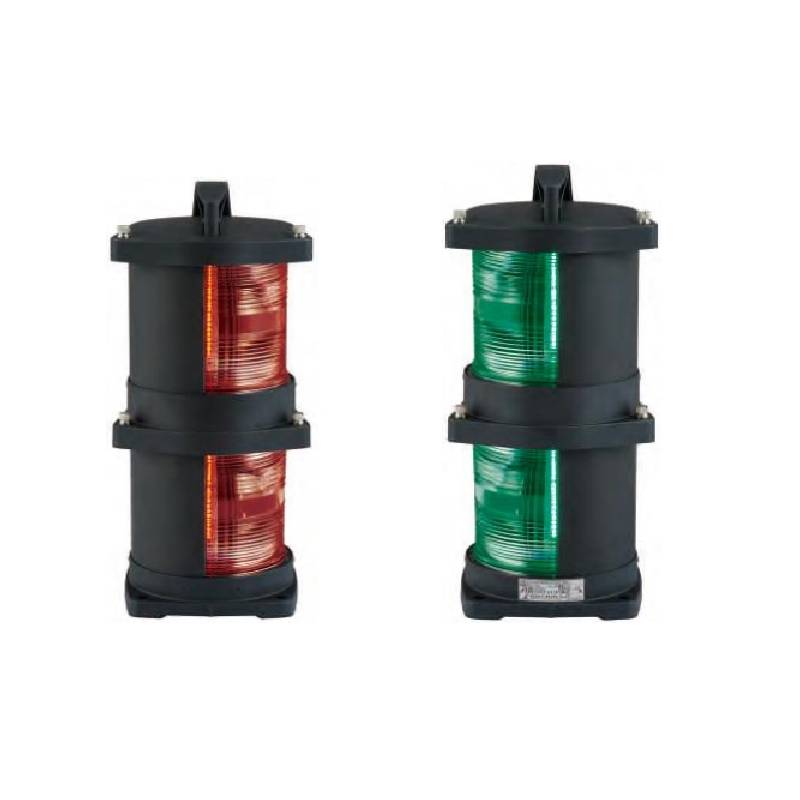
Final Thoughts
The choice between incandescent and LED marine navigation lights ultimately depends on your specific needs, budget, and preferences. As LED technology continues to advance, it is becoming the better choice for marine navigation lights, offering a reliable and efficient solution for ensuring safety on the water. Whether you’re upgrading an existing system or outfitting a new vessel, LED navigation lights are likely to provide the best value and performance in the long run.

